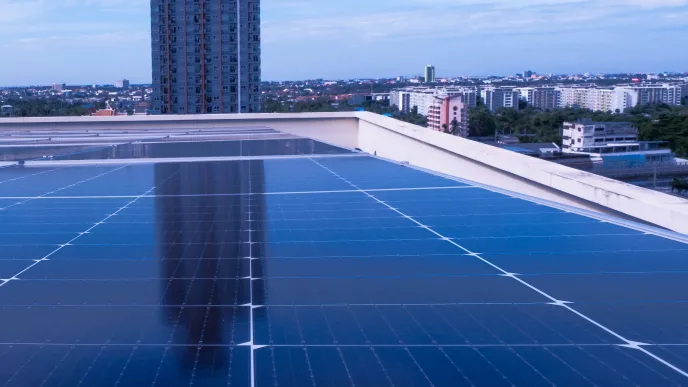Electricity markets refer to marketplaces where producers and consumers sell and buy electricity. Electricity markets are divided into wholesale and retail markets.
Actors in the wholesale market include energy companies, large industrial enterprises, and electricity retailers. Electricity trading takes place in European power exchanges, such as Nord Pool, where Finland is its own bidding area. Finland has a strong main grid, which is why the same wholesale price applies to the entire country.
Electricity procured from a power exchange is sold onward to end-users, such as households, businesses, public institutions, and industry.
Open electricity market offers variety and responsibility
Finland is part of the European internal electricity market and has free cross-border transmission connections to Sweden, Norway, and Estonia. The cross-border transmission connections are managed by the transmission system operator Fingrid, which is in charge of electricity transmission and the power system balance – that is, balance services and the operation of reserve power stations. Moreover, Fingrid is developing the Finnish power grid to enable the efficient transmission of renewable energy from production plants to consumers.
Finland’s open electricity market ensures regular consumers the freedom to sign electricity contracts with any electricity retailer. Individual households may also actively contribute by, for instance, selling surplus electricity from their solar panels to the main grid, which is, according to a study on the profitability of solar power, more profitable than battery storage.
Electricity transmission and distribution networks hold a so-called natural monopoly, because building competing networks is neither efficient nor profitable. Therefore, all electricity end-users must purchase electricity transmission services from a local operator. Distribution network companies are obligated to connect electricity consumers within their operating area to the distribution network. The Finnish Energy Authority oversees the operation and pricing of distribution network companies to prevent them from abusing their monopoly.
Majority of electricity bought from day-ahead market
The main goal of the current electricity market model is efficiency. In other words, pricing must be based on actual demand and production costs. Functional electricity markets ensure a stable, cost-efficient, and low-risk electricity system.
Most of the electricity consumed in Finland is purchased from the Nord Pool day-ahead market. The price of electricity is determined on an hourly basis according to supply and demand, and the electricity is delivered the following day. Exchange electricity contracts of individual consumers follow the spot prices of the power exchange, with an added margin from the electricity supplier.
Households can protect themselves against price fluctuations by concluding fixed-price, fixed-term electricity contracts. Electricity suppliers, in turn, can mitigate price risks by concluding contracts in the derivatives market, allowing contract periods to last up to ten years. Electricity companies can also enter into option contracts, which under certain terms entitle them to a lower market price if the original contract price is higher.
The Curious People newsletter shares our solutions for helping build resilient communities, industry, and businesses while promoting the energy transition and the regenerative use of natural resources.
Real-time trading ensures balance
Supply and demand in the electricity market must be in constant balance. The increase of renewable energy, distributed electricity production, and demand-side flexibility presents new challenges, which are being addressed by LUT University's Laboratory of Electricity Markets and Power Systems.
All wholesale actors can make purchases from intraday markets nearly in real time if unexpected circumstances such as weather conditions or equipment failures cause a shortage of electricity.
Together with other Nordic transmission system operators, Fingrid maintains reserve power and balancing services. These are needed for balancing production and consumption, continuous frequency control, and returning the frequency to its required range during disturbances.
Power reserves secure the electricity supply if the planned electricity procurement does not meet the anticipated consumption.
Electricity market requires flexibility
The increase of weather-dependent energy generation also increases price fluctuations and calls for more flexible consumer behaviour. According to Samuli Honkapuro, professor of energy markets at LUT University, future electricity markets will operate more in real time, as demand-side flexibility reduces price peaks, ensuring markets function as planned – with demand and consumption in balance.
Finland aims to strengthen the transmission connections between European countries and improve the efficiency of electricity trading. This would provide Finnish consumers with affordable, green electricity reliably also in the future.
LUT University provides research-based information on energy
- LUT is a leading university in energy research. Every other year, it publishes a report called the LUT Energy Outlook. The first one was published in 2022 and the second one in 2024.
- The LUT Energy Outlook is based on scientific research and provides reliable information on the state and development trends of the energy system. In addition, the report describes different energy production methods.
- The authors are energy system researchers at LUT University.
- The LUT Energy Outlook is targeted for experts and decision-makers as well as regular citizens.
More information:









